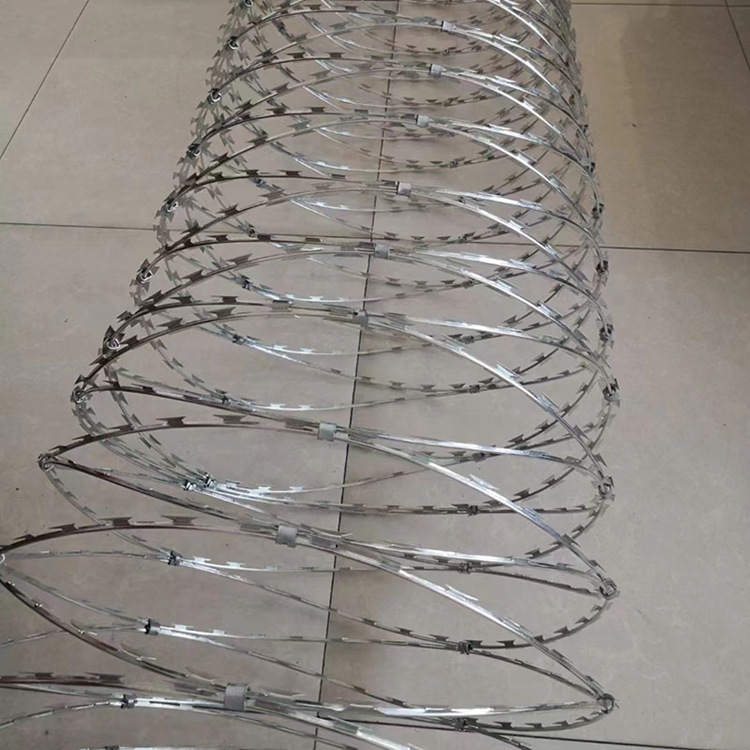brick frame ties
The Importance of Brick Frame Ties in Construction
In the construction industry, structural integrity and durability are paramount. When constructing buildings with brick exteriors, engineers and architects often face the challenge of ensuring that the bricks remain stable and secure over time. One of the essential components in this regard is the use of brick frame ties. These ties play a crucial role in maintaining the structural integrity of walls and ensuring the longevity of brick buildings. In this article, we will explore the importance, types, and proper installation of brick frame ties.
What Are Brick Frame Ties?
Brick frame ties, also known as wall ties, are metal connectors used to attach brick walls to the underlying framework of a building, which is typically made of timber or steel. They are critical for providing stability and support, especially in structures where the brick façade is not self-supporting. Ties prevent movement between the cladding and framing, helping to transfer loads and resist wind pressure, ensuring that the bricks do not become dislodged or cracked over time.
The Importance of Brick Frame Ties
1. Structural Stability Buildings constructed with a brick exterior face various environmental factors, including wind, moisture, and temperature changes. Frame ties help to anchor the brickwork to the frame, preventing potential structural failures that can arise from these forces.
2. Rain Penetration Control In addition to providing structural support, brick frame ties also contribute to controlling water infiltration. When properly installed, they create a ventilation space that minimizes moisture accumulation between the frame and brickwork, reducing the risk of mold growth and decay.
3. Load Distribution The ties assist in distributing the vertical and lateral loads of the brick veneer evenly across the wall system. This load distribution is vital in preventing localized stress that could lead to cracks or failures in the masonry.
4. Enhancing Longevity By ensuring that the brick and frame work cohesively, ties enhance the overall longevity of the building. This stability can reduce the need for expensive repairs and maintenance, providing cost savings over the life of the structure.
Types of Brick Frame Ties
Several types of brick frame ties are used in construction, and the choice of tie depends on factors like the building's design, local building codes, and the materials used. Common types include
brick frame ties

- Horizontal Ties Typically made of stainless steel or galvanized steel, these ties run horizontally between the brick and the frame, helping to secure the two together.
- Vertical Ties Vertical ties often resemble a hook and are installed to compensate for vertical loads, ensuring the brick veneer remains stable.
- Restraint Ties Used in buildings where the brickwork may be subject to increased lateral movement, restraint ties provide additional support and connection to reduce sway and movement.
Proper Installation of Brick Frame Ties
The effectiveness of brick frame ties heavily relies on correct installation. It is crucial to follow local building codes and manufacturer guidelines during installation. Key considerations include
1. Spacing Ties should be installed at specified intervals, often a maximum of 24 inches apart vertically and 16 inches apart horizontally.
2. Embedding Ties should be embedded into the mortar joints of the brick to ensure a secure connection. At least one-third of the tie should be embedded for adequate strength.
3. Vertical Alignment Maintaining vertical alignment between the ties and the framing is essential to prevent any potential distortion in the wall system.
Conclusion
In conclusion, brick frame ties are a vital component in the construction of stable and long-lasting brick buildings. Their role in enhancing structural integrity, controlling moisture penetration, and distributing loads cannot be overstated. By selecting the appropriate type of tie and ensuring proper installation, builders can contribute to the resilience and durability of brick structures, safeguarding them against the elements and inevitable wear over time. In the ever-evolving world of construction, understanding and implementing effective strategies like brick frame ties remains a key to successful and sustainable building practices.
-
The Durability and Versatility of Steel Wire
NewsJun.26,2025
-
The Best Iron Nails for Your Construction Projects
NewsJun.26,2025
-
Strengthen Your Projects with Durable Metal Stakes
NewsJun.26,2025
-
Get the Job Done Right with Duplex Nails
NewsJun.26,2025
-
Explore the Versatility and Strength of Metal Mesh
NewsJun.26,2025
-
Enhance Your Security with Razor Wire
NewsJun.26,2025














